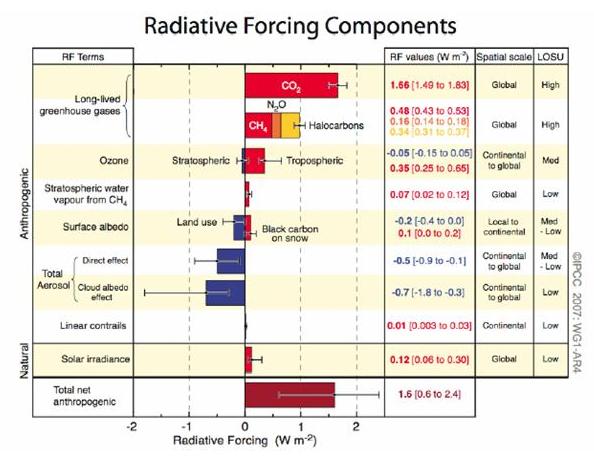RESPONDING TO THE GLOBAL CLIMATE CRISIS (pdf): A Minute Approved by Pacific Yearly Meeting [of the Religious Society of Friends], August 1, 2007
Friends have come to realize that caring for the Earth is a true spiritual concern. In the current Faith and Practice, we are asked to “live according to principles of right relationship and right action within the larger whole. Be aware of the influence humans have on the health and viability of life on earth.” Throughout the Pacific Yearly Meeting, a growing number of individuals and meetings have taken specific steps to raise awareness and alter behavior in these regards.
We now are facing global climate change, a phenomenon no longer seriously in doubt within the scientific community. As a result of choices we have made, the Earth is growing ever hotter, exacerbating weather extremes, habitat destruction, species extinction, and the dislocation of human lives. We recognize that resource scarcity brings greatest risk to the most vulnerable people. It can also aggravate the conditions for war.
These changes, we can no longer escape entirely. Yet some of the harm may be avoided if we act responsibly soon. In the face of these awesome challenges, we turn away from either apathy or despair toward way opening in the Light. We acknowledge the need to awaken to our sacred connection to life on this Earth.
We call for Friends to examine and decrease our individual impacts, where possible, so that Earth’s resources are sustained or replenished. Such commitment will likely entail major adjustments in our purchases, diets, transportation, and livelihoods.
While many individual Friends have progressed toward a more sustainable lifestyle, we must now move toward a corporate witness in our meetings, joining with and helping each other and also like-minded groups in our common concerns.
We ask all to stay continually informed about this evolving planetary crisis to discern future actions that will become needed. We appeal to all Friends to make this a standing priority in our families, meetings, and communities.
We ask monthly meetings in the coming year to discuss and discern this minute in terms of their appropriate witness and action and for input at the annual gathering of the Pacific Yearly Meeting in 2008.
We submit the actions below, ones implemented in various meetings within PYM, to exemplify some possible first steps in creating a sustainable way of life on a healthier planet:
*Engaging in collective discernment in our meetings to understand and reduce human contribution to climate change, allowing Spirit to work among us.
*Reducing meeting-wide, personal greenhouse gases at least 10% in the coming year through decreased driving, flying, and home energy use, and using efficient alternatives, for those able to do so.
*Being a resource, encouraging, and learning from others to reduce our contribution to global warming.
*Networking among meetings and other like-minded groups, both religious and secular, to share resources and expertise.
*Laboring with those shaping public opinion and policy. From local to state, national, and international levels, advocating measures to support Earthcare and lessen the occasion for war.
*Through personal participation and public policy, working to promote environmental justice and assist the most vulnerable.
























